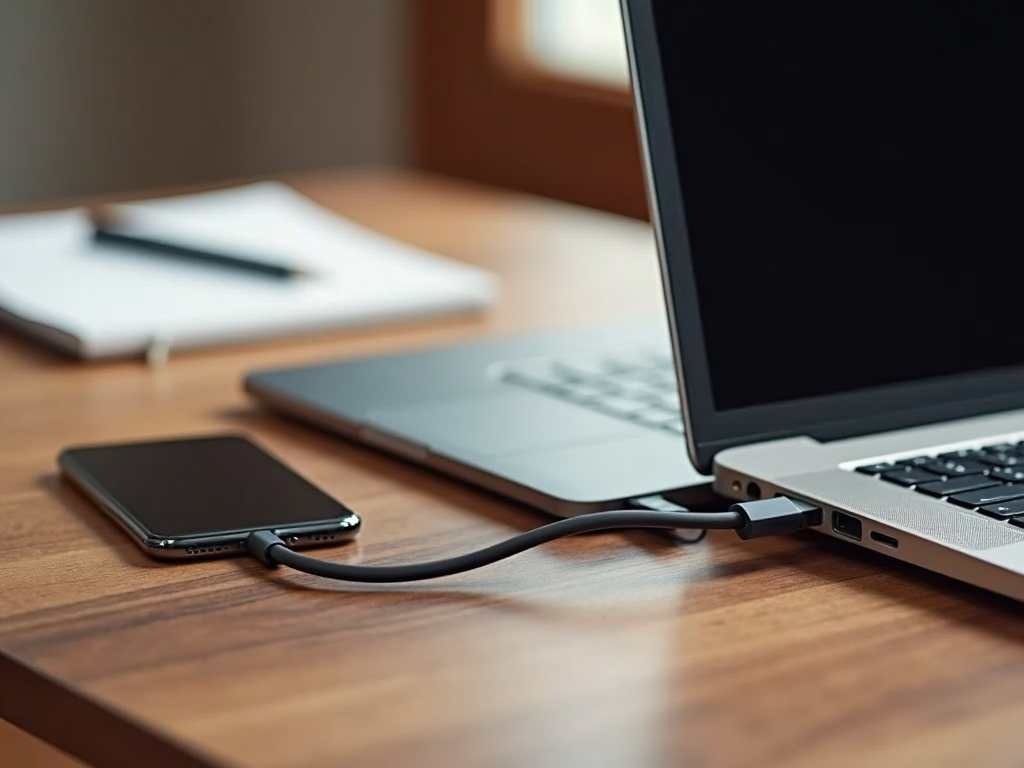In the clash between Qi wireless charging and traditional USB charging, each method boasts its own set of advantages and disadvantages. While Qi wireless charging offers futuristic convenience, USB charging remains a staple for reliable efficiency. This article explores the capabilities, benefits, and drawbacks of both charging technologies, helping you determine which is best suited to your needs.
Ease of Use and Convenience

Wireless charging, particularly Qi, has gained popularity for its seamless ease of use. Simply place your device on a Qi-enabled charging pad and the device begins to charge—no cables required. This can be particularly useful for people who frequently charge their devices throughout the day, as it eliminates the need to fumble with cords. Moreover, Qi wireless chargers have become increasingly available in public spaces like cafes and airports, offering even more convenient charging opportunities.
On the other hand, USB charging remains a dependable option primarily due to its compatibility. USB cables are ubiquitous, found virtually everywhere and working with a broad array of devices. Although less glamorous, USB charging’s simplicity appeals to those who prioritize reliability over luxury. Plus, USB charging is supported by varied device types, such as laptops and power banks, allowing for charging on-the-go.
Charging Speed and Efficiency

When it comes to charging speed, USB charging has traditionally outpaced Qi wireless charging. USB cables, especially USB-C types, support fast charging with wattages as high as 100 watts, significantly cutting down the time your device spends on the charger. This is critical for users who need to quickly top up their devices in a short amount of downtime.
Qi wireless charging, whilst convenient, is generally slower due to the inefficiencies inherent in energy transfer through electromagnetic fields. Although newer versions of Qi technology are improving on this front, they have yet to match the top speeds offered by USB counterparts. Therefore, users who prioritize speed might find themselves tilting towards USB charging, particularly if they rely on their device throughout a demanding workday.
Risks and Limitations
No technology is without its drawbacks. Qi wireless charging can generate excess heat, which may lead to device degradation over long periods. Moreover, using a wireless charger means precise alignment is necessary to initiate charging, often requiring a few adjustments. Furthermore, the charging process gets disrupted if the device is moved. This makes Qi less ideal for charging while using the device.
USB charging, while consistent, is not free of its own challenges. Constant plugging and unplugging can lead to wear and tear on both the cables and device ports. This might result in loose connections over time, affecting charging efficiency and creating the need for frequent cable replacements. Many users could see this as a perennial inconvenience.
Device Compatibility and Versatility
Qi wireless charging has been increasingly supported by a range of smartphone manufacturers and companies, broadening its compatibility. Devices such as smartphones, earbuds, and even some smartwatches are equipped with Qi technology, making wireless charging versatile for a variety of gadgets.
However, the sheer omnipresence of USB charging maintains its edge since almost all electronic devices are equipped with USB ports, whether they are Type-A, Micro USB, or the increasingly popular USB-C. This universal compatibility means a user can use virtually any USB cable to charge different devices. A typical list of devices that should be covered includes:
- Smartphones
- Laptops
- E-readers
- Tablets
- Action Cameras
In an era where sustainability is crucial, the environmental aspects of charging technologies cannot be ignored. Wireless chargers often consume more energy due to energy loss during transfer, thus posing a greater environmental footprint. Over time, this can contribute significantly to energy consumption if wireless becomes the dominant mode of charging.
In comparison, USB charging is generally more energy-efficient, as cables provide a direct current with minimal energy loss. Users conscious of their carbon footprint may want to consider this factor when choosing between Qi and USB options, as regular USB charging could be the more eco-friendly choice when examining charging efficiency.
Conclusion
Both Qi wireless charging and USB charging present their own unique benefits while also posing challenges. Qi wireless charging stands out for its convenience and modern appeal, but its slower charging speeds and fixed positions might not fit everyone’s lifestyle. USB charging, with its fast speeds and omnipresence, remains the workhorse of device charging methods, favored for functionality and reliability. Your choice may ultimately depend on your personal needs, lifestyle preferences, and the specific devices you own. Whether you lean towards the cutting-edge convenience of Qi or the tried-and-true dependability of USB, both options have their merit.
Frequently Asked Questions
1. Can Qi wireless chargers work with all smartphones?
No, only phones equipped with Qi technology can use Qi wireless chargers. Most modern smartphones include Qi compatibility, but always check your device’s specifications to be sure.
2. Does USB charging always work faster than Qi wireless charging?
Not always. Although traditionally faster, advancements in Qi technology are narrowing the gap, particularly with high-powered wireless chargers. However, USB-C cables typically offer faster charging than standard Qi chargers for now.
3. Are wireless chargers safe to use with phone cases?
Yes, most phone cases will not affect wireless charging as long as they are not unusually thick or made of metal, which can interfere with the magnetic charging field.
4. What are the key features to look for in a USB charger for fast charging?
Look for high wattage, usually 18W or more, and ensure it supports fast charging protocols like USB Power Delivery (PD) or Qualcomm Quick Charge. Also, consider the charger’s build quality for durability.
5. Which charging method is better for daily use?
This depends on your specific needs. If you prioritize speed and reliability, USB might be better. For ease and accessibility, particularly in designated spots like nightstands or desks, Qi wireless charging could be more beneficial.












